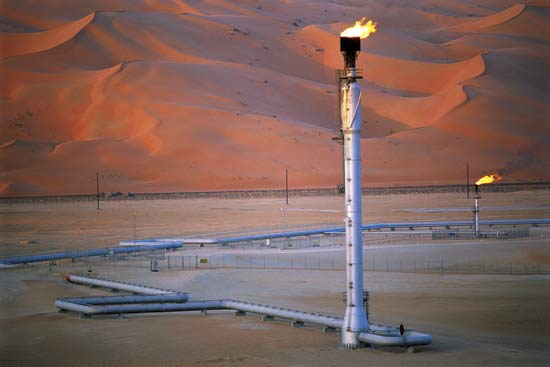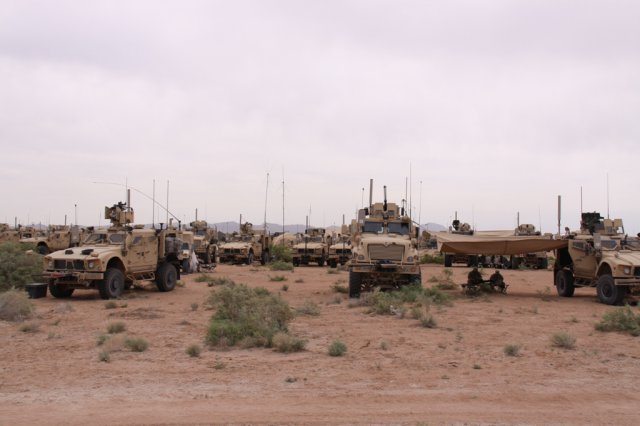The United States is seeing a dramatic surge in oil and gas production and could overtake the world’s biggest producers, Russia and Saudi Arabia, in another decade, a US official said.
“Some of the numbers are eye-popping,” Daniel Sullivan, commissioner in Alaska’s department of natural resources, told a panel of experts at the International Economic Forum of the Americas in Montreal.
In the last quarter the US produced six million barrels of conventional and unconventional oil a day, he said, adding: “We haven’t done that in 15 years.”
Since 2008, the US added 1.6 million barrels of additional oil, and in 2011, the US registered the largest increase in oil production of any country outside of OPEC, he told hundreds of participants.
These figures compared to a daily output in March of about 9.923 million barrels a day by Saudi Arabia, the largest producer of the OPEC nations, and 9.920 million by Russia, according to the industry data compiler Joint Organizations Data Initiative.
Sullivan said the respected consultancy, PFC Energy, had estimated that by 2020, “the US could be the largest hydrocarbon producer — that’s oil and gas — in the world, overtaking Russia and Saudi Arabia.”
In Alaska alone, the potential off the coast was viewed as the largest of any country, about 40 billion barrels in conventional oil, according to the US Geological Survey.
US President Barack Obama has indicated that offshore oil resources could help mitigate global disruptions in supply, and his administration has tried to craft an energy strategy that balances business interests with environmental concerns, especially in the Arctic.
In November the Obama administration proposed a new plan for offshore oil and gas leases in the Gulf of Mexico and off the coast of Alaska, including the environmentally sensitive Arctic.
But it did not open up for exploration the politically sensitive Atlantic or Pacific coastlines, or the eastern Gulf of Mexico along the Florida coast.
Unless it faces a last minute challenge, Shell is expected to begin drilling test wells off northern Alaska in July, opening up new possibilities for oil exploration in a previously untapped, pristine environment.
Sullivan argued that the benefits of the shift in energy security could be substantial, especially in terms of growth and jobs for a country where half the US trade deficit is due to imports of oil.
He said in 2010-2011, there were 600,000 jobs created in the shale oil and gas industry.
But addressing the same audience, the chairman of the World Energy Council drew a more somber global picture.
Pierre Gadonneix said the economic crisis meant energy demands had slowed down, even though they were starting to grow again, and that oil prices remained high.
“Future growth is threatened by the prospect of climate change and the drain on our natural resources,” he said, adding the main challenges would be to improve the security of energy supply, to improve competitiveness and to struggle against “energy poverty.”
“We must recall that more than 1.3 billion people still do not have access to electricity in developing and developed countries,” he said.
Pointing to “big accidents”, chiefly in the Gulf of Mexico where a BP oil spill in 2010 unleashed five million barrels of oil into the seas, Gadonneix urged plant operators and governments to agree on global standards for operations.
Countries struggling to become economically efficient and feed global demand for energy increases also spoke at the forum.
Iraq’s Vice President Khudier Mosa Jafer Alkhuzaie said the country’s “oil industry was the engine for the entire economy.”
Iraq had huge reserves of oil — more than 103 billion barrels — along with large reserves of natural gas.
“We expect investments in this area will help us develop the oil industry in Iraq,” he said, pointing to a fiscal law adopted in 2006 that lowers obligations imposed on foreign companies and “facilitates the liberty of movement for foreigners and their capital.”











